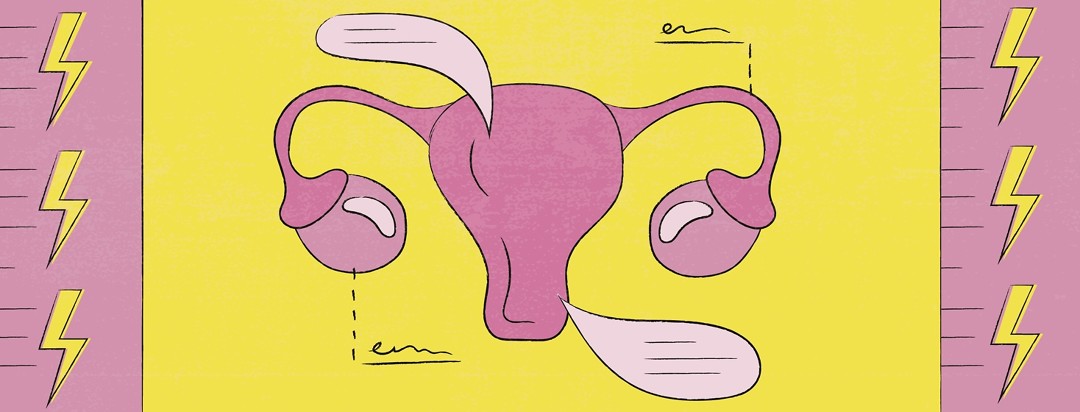Understanding The Levels Of Severity Of Endometriosis And The Language Around It
Receiving an endometriosis diagnosis is a complicated process. On average, it takes 7.5 years. Once diagnosed, as patients, we must research everything, from symptom-management to every available form of treatment. And adding to all of this, there’s the complicated terminology surrounding the disease. Not only do we get to find out about parts of our body we didn’t know existed - hello cul de sac! We also quickly learn that because endometriosis comes in different forms and shapes, there’s a world of vocabulary that comes with it.
And this is where it can all get a bit convoluted. Depending on the type of doctor treating us, their expertise, and geographical location, we will find very different terminology. This is why in this article, I’m going to attempt to break it all down, with the hope of clarifying what means what.
First, there those distinguishing between three types of endometriosis
These guys talk about peritoneal superficial endometriosis, ovarian endometriomas, and deep infiltrating endometriosis (DIE). Peritoneal superficial endometriosis occurs when the endometrial tissue attaches to the peritoneum. Ovarian endometriomas are also known as chocolate cysts, and can appear in our pelvis and abdomen, but are mostly found on our ovaries. DIE is a rare form of the condition, affecting mainly the uterosacral ligaments, the rectovaginal space, the upper third of the posterior vaginal wall, the bowel, and the urinary tract.1
It is also possible to find specialists who classify the disease according to how it behaves
These are professionals who evaluate the disease depending on how "active" it is.2 They may speak of "subtle endometriosis" which is a very active form of the disease, with growing adhesions. Then there's “typical endometriosis”, consisting of inactive burnt-out lesions. Then there's "cystic ovarian endometriosis" which is the one with chocolate cysts on the ovaries. If they talk about “deep lesions”, they are referring to those that are morphologically very active.
Finally, the most widespread terminology refers to stages
The American Society for Reproductive Medicine classifies endometriosis in stages, depending on location, extent, and depth of the adhesions.3
- Stage I is a minimal form of the disease. There may be a few small adhesions or tiny lesions. These may appear on one ovary, or the tissue lining the pelvis or abdomen. There’s little to no scar tissue.
- Stage II is a mild form, with more lesions, occurring at a deeper level. It can affect both ovaries, and there is scar tissue.
- Stage III refers to a moderate level of the disease. It may present small cysts on one or both ovaries, and thick adhesions. Areas like the peritoneum and cul de sac will also be affected.
- Stage IV is considered severe endometriosis, with deep lesions and thick adhesions. There are also large cysts on one or both ovaries and their tubes.
When talking stages, it is important to remember how the level of the disease does not correlate with the severity of symptoms or levels of pain suffered by a patient. This means that someone with stage III endometriosis could have fewer symptoms than someone with a stage I. This applies to endometriosis as a whole, and makes it tricky to treat.
Bonus fun fact? Many doctors refer to adenomyosis as "endometriosis of the uterus".
So there you have it. The terminology may differ depending on who is treating us, but in the end, they are all referring to the same thing: a very painful disease that presents itself in various forms.
For a lot of us, the categorization of the disease matters very little. What matters are the disrupting symptoms we suffer. Yet it is useful to know how to “speak doctor” when we go from one health professional to another, with a disease that still remains a mystery to so many.

Join the conversation